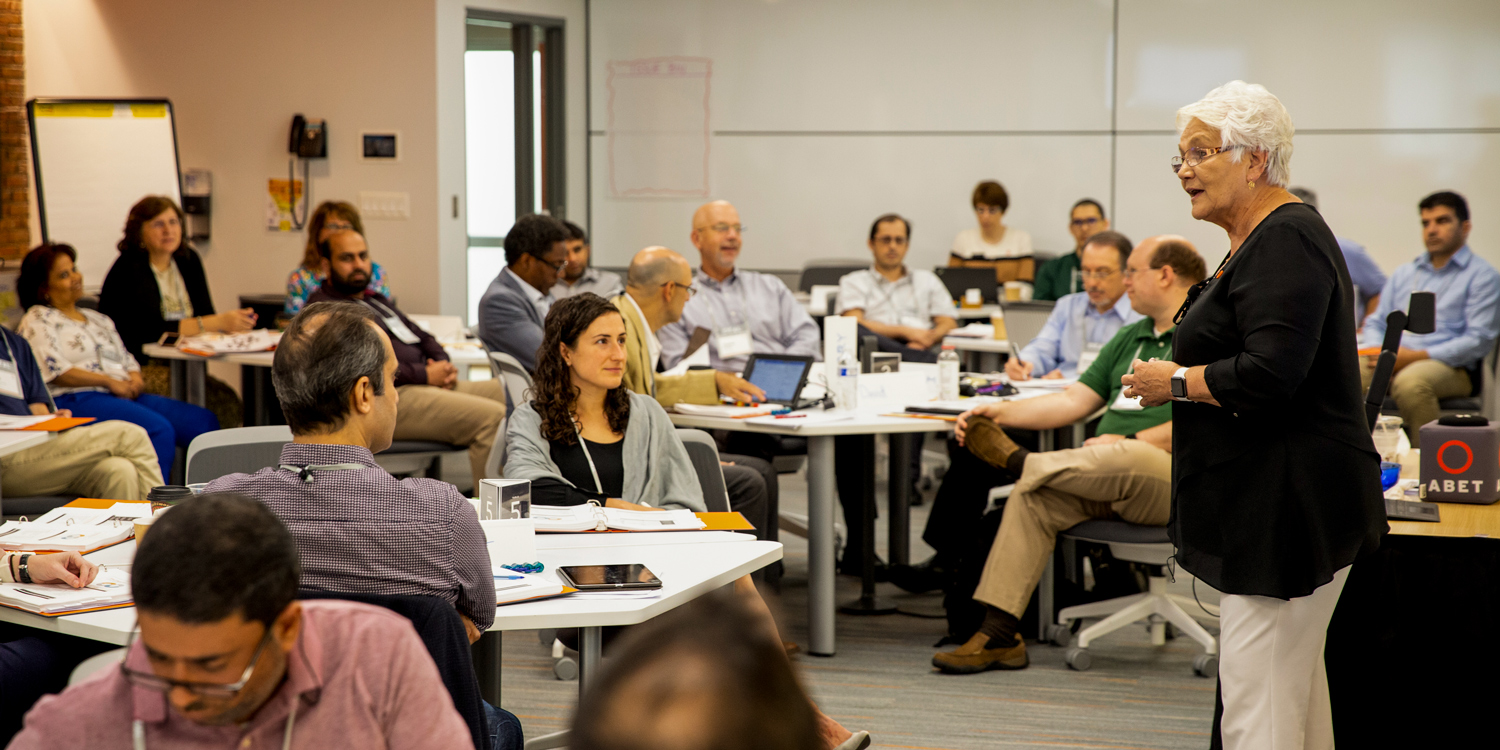What if you could look across your entire program and easily see where students thrive — and where they struggle? That’s exactly what effective program assessment allows us to do — with clarity, purpose and actionable results.
When properly implemented, academic assessment serves as a transformative tool that helps us understand what students are learning and how we, as educators, can support them. Every program wants to improve, but without clear, meaningful information, it’s impossible to know where to begin. That’s where data-informed decision making in higher education becomes essential.
In this practical guide, I offer a look at what program assessment is, how it works and why it’s necessary for long-term success.
What Is Program Assessment in Higher Education?
At its core, program assessment is a structured, long-term process used to improve academic quality and enhance student learning. Unlike course-level assessments, program assessment gives us a panoramic view — showing us how students grow and develop across an entire curriculum.
An effective assessment process is:
- Systematic: Thoughtfully structured and consistently implemented.
- Efficient: Uses faculty time and resources wisely.
- Valid: Produces meaningful, accurate and trustworthy data.
- Inclusive: Involves faculty collaboration and keeps students informed.
Assessment is more than just a requirement for accreditation. It’s a way to make sure we’re preparing our students to succeed long after graduation.
Why Assessment Matters
Program assessment is the foundation for continuous improvement. When we use data to examine student outcomes, we can identify strengths and uncover areas that need work. Real change happens when faculty come together, reflect on the findings and make purposeful adjustments. That’s the power of data-informed decision making in higher education.
Benefits for Programs, Students and Faculty:
- Directly Improves Student Learning: Students benefit from clearer expectations, better feedback and a more cohesive learning experience.
- Empowers Faculty to Improve Curricula and Teaching: Faculty gain a deeper understanding of how their teaching contributes to long-term goals.
- Aligns Programs with Workforce Needs: Programs stay in tune with industry needs and institutional missions.
9 Steps for Effective Program Assessment
Still wondering how to build an academic assessment process that leads to actionable insights and continuous improvement? Here’s the streamlined approach I recommend:
- Define Program Educational Objectives (PEOs): What should graduates be able to do five years after graduation?
- Consult Stakeholders and Review Educational Outcomes: Get input from employers, alumni and others to shape relevant objectives.
- Align with Institutional Mission: Make sure your program supports your institution’s values and goals.
- Develop Student Learning Outcomes (SLOs): What skills and knowledge should students have by graduation?
- Define Performance Indicators: Use measurable, specific indicators to track student achievement.
- Determine Educational Practices and Strategies: Identify where and how students will learn, practice and demonstrate outcomes. Use your curriculum map to identify where outcomes are introduced, reinforced and mastered.
- Start Assessment: Begin collecting data through practical academic assessment methods.
- Begin Evaluation: Analyze your results and reflect on what they reveal about your program.
- Closing the Loop: Regularly review the data and use it to inform teaching, revise curricula and improve outcomes. This feedback helps guarantee that all of your hard work leads to concrete actions that improve curricula and teaching.
Remember: assessment is not a one-time task. It’s a continuous cycle of learning, evaluating and refining.
Common Roadblocks — And How to Overcome Them
I’ve worked with many institutions, and I often see the same challenges come up:
- Lack of Collaboration: Assessment thrives when it’s a shared effort — not a solo project.
- Faculty Resistance: Some view assessment as a top-down mandate rather than a tool for improvement.
- Data Overload: Collecting too much unfocused data can obscure what really matters.
The key to overcoming these hurdles? Strong leadership, clear communication and faculty ownership. When faculty see how academic assessment supports their teaching and student success, it stops being a problem and starts becoming an opportunity.
The Bottom Line
When done well, program assessment is not just about meeting accreditation requirements — it’s about transforming good intentions into measurable progress. By embracing a structured, collaborative approach to curriculum assessment, we empower ourselves to make informed, data-driven decisions that truly support student learning and success. The path isn’t always easy, but the payoff is worth it: stronger programs, more confident faculty and graduates who are ready to thrive in a complex world. Let’s stop thinking of assessment as a task to check off — and start seeing it as the foundation for meaningful growth.